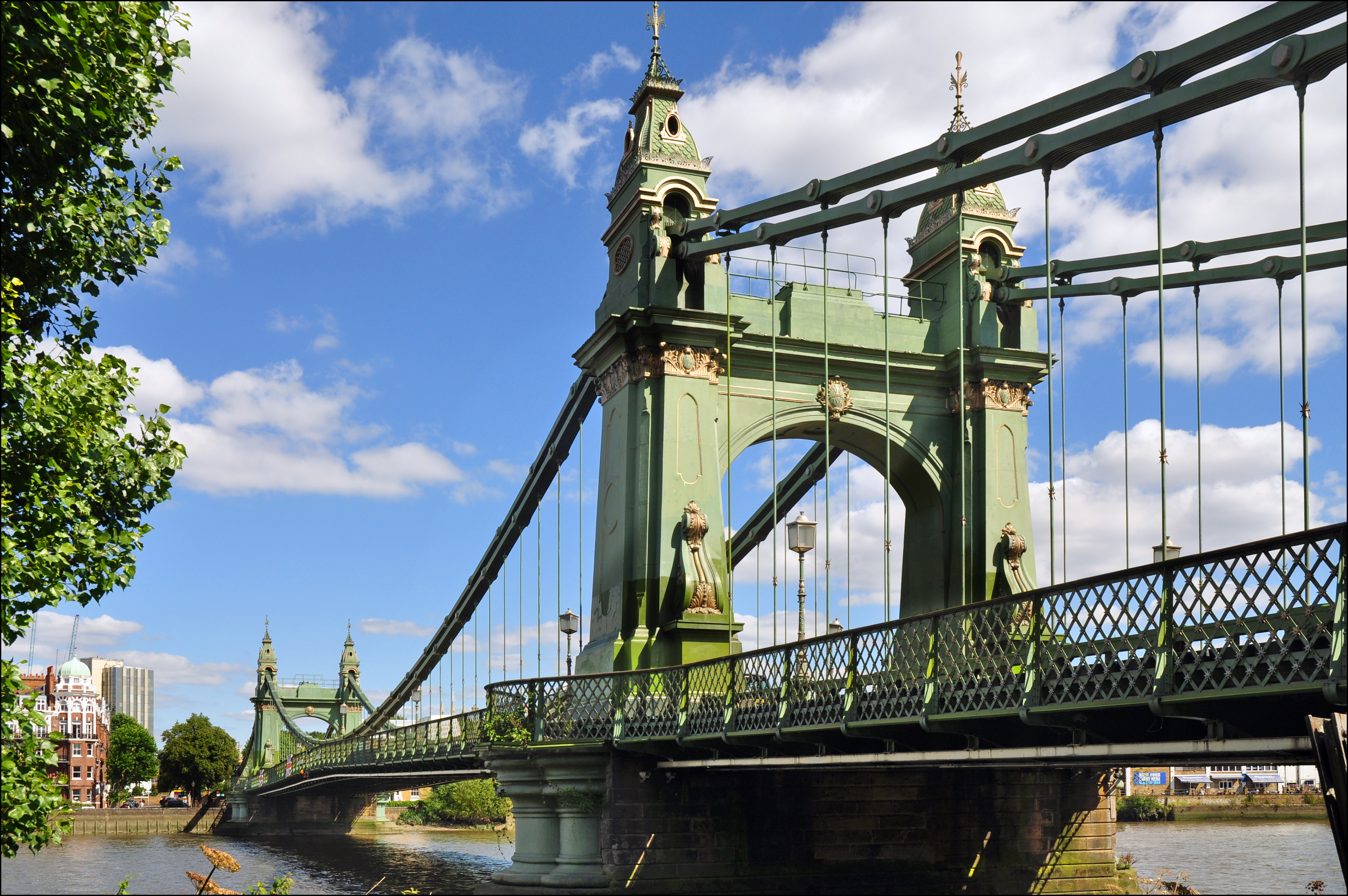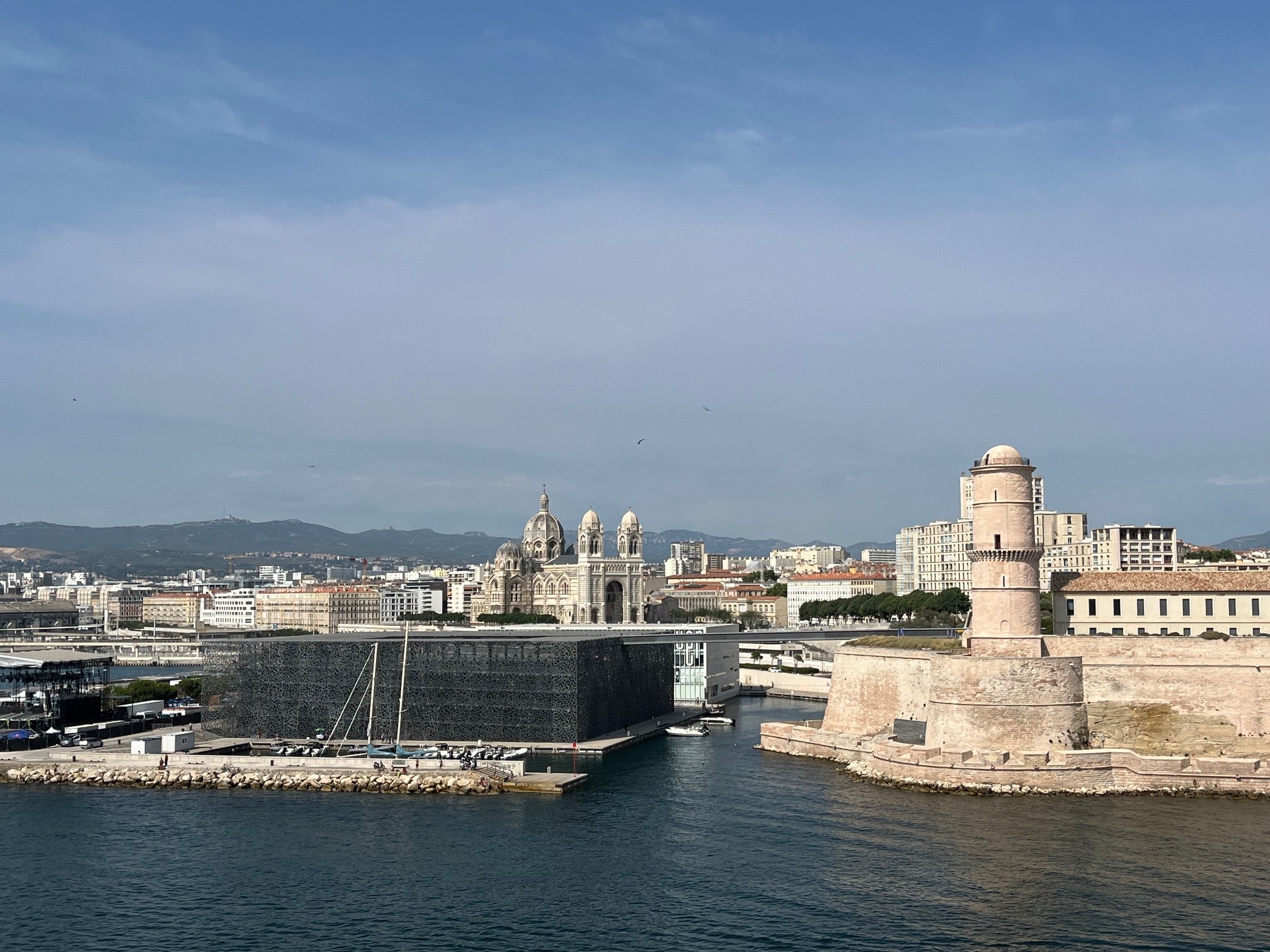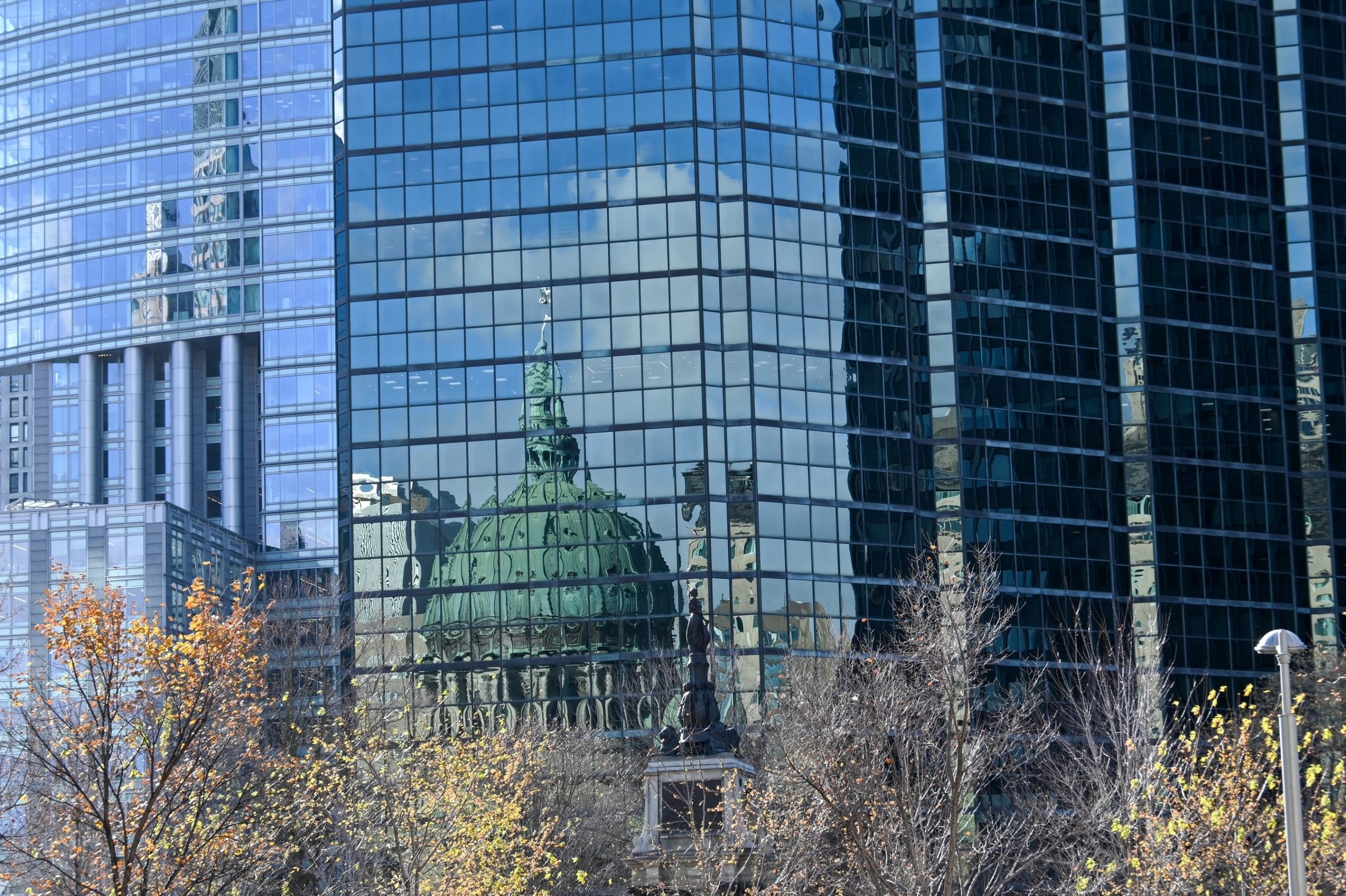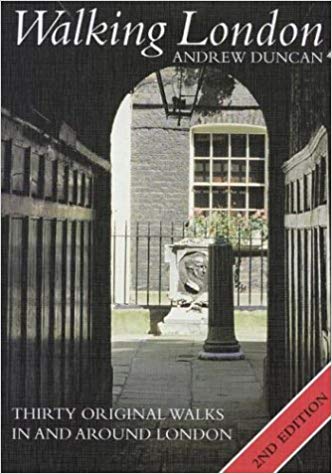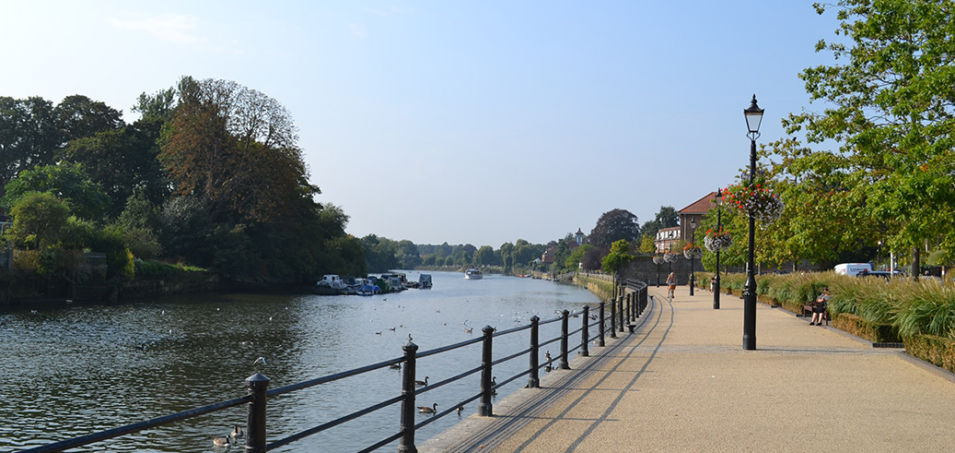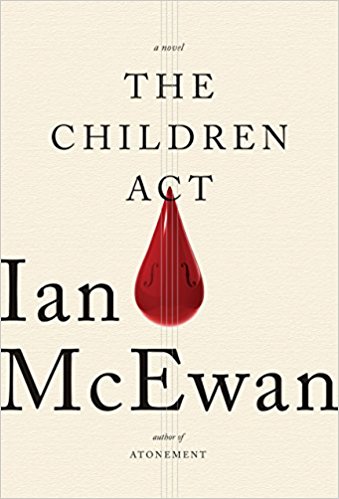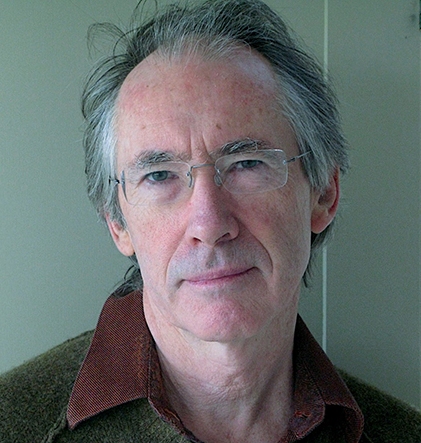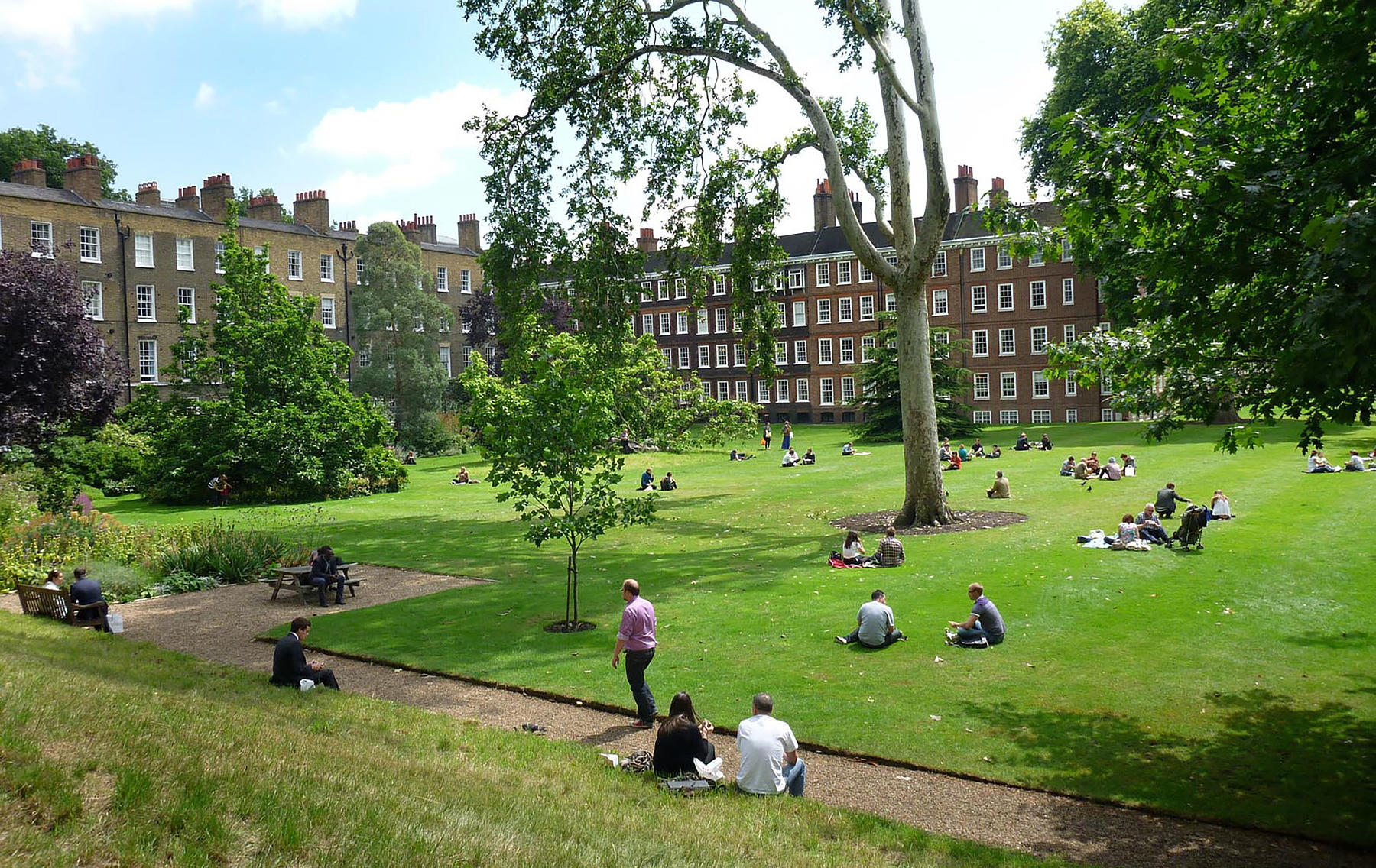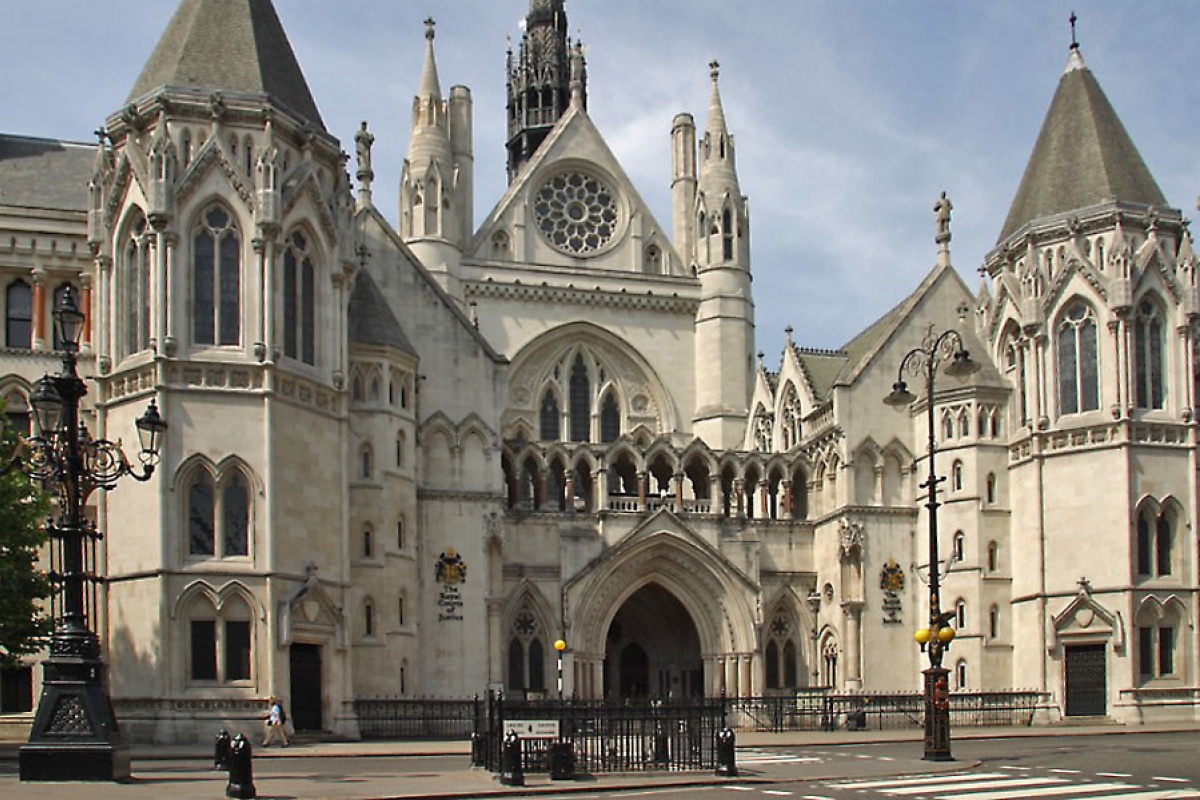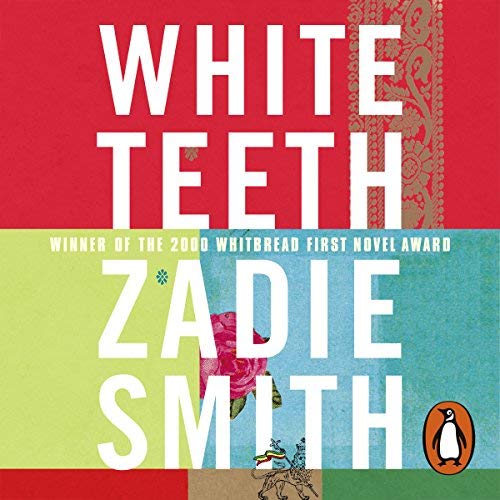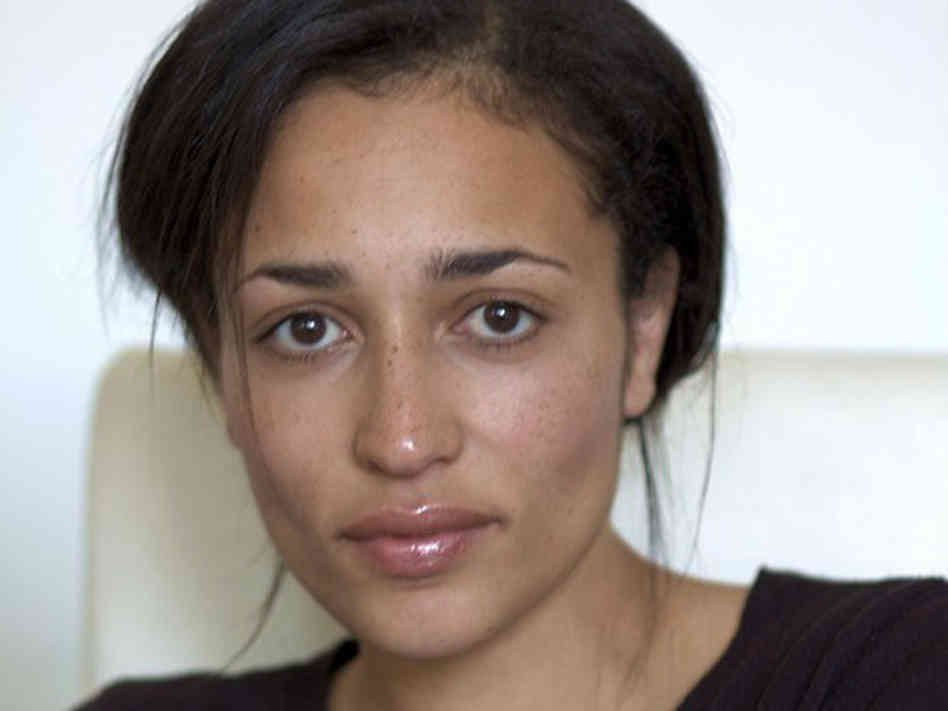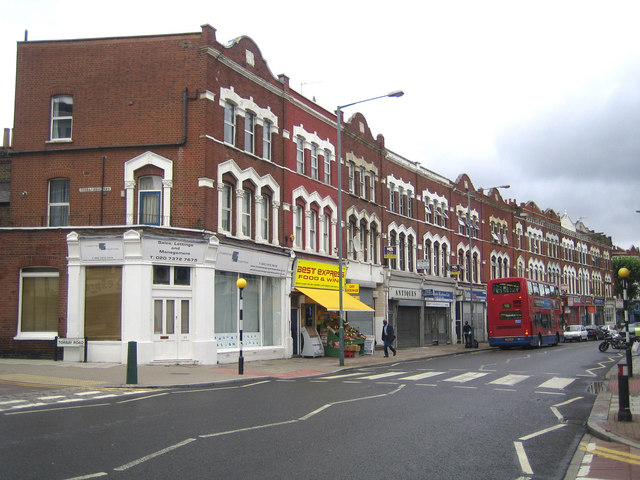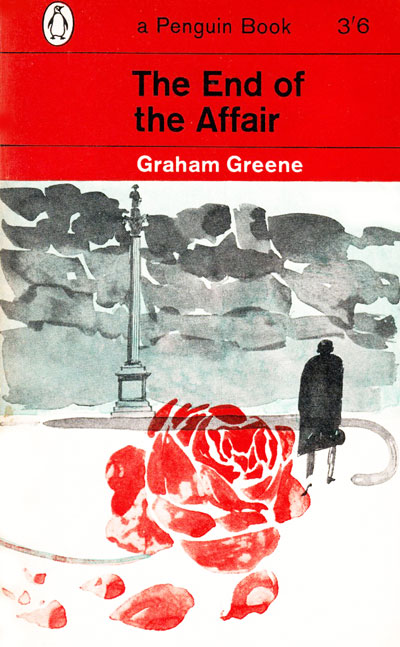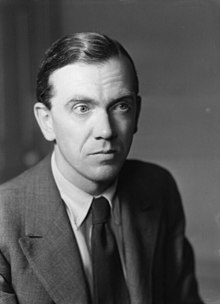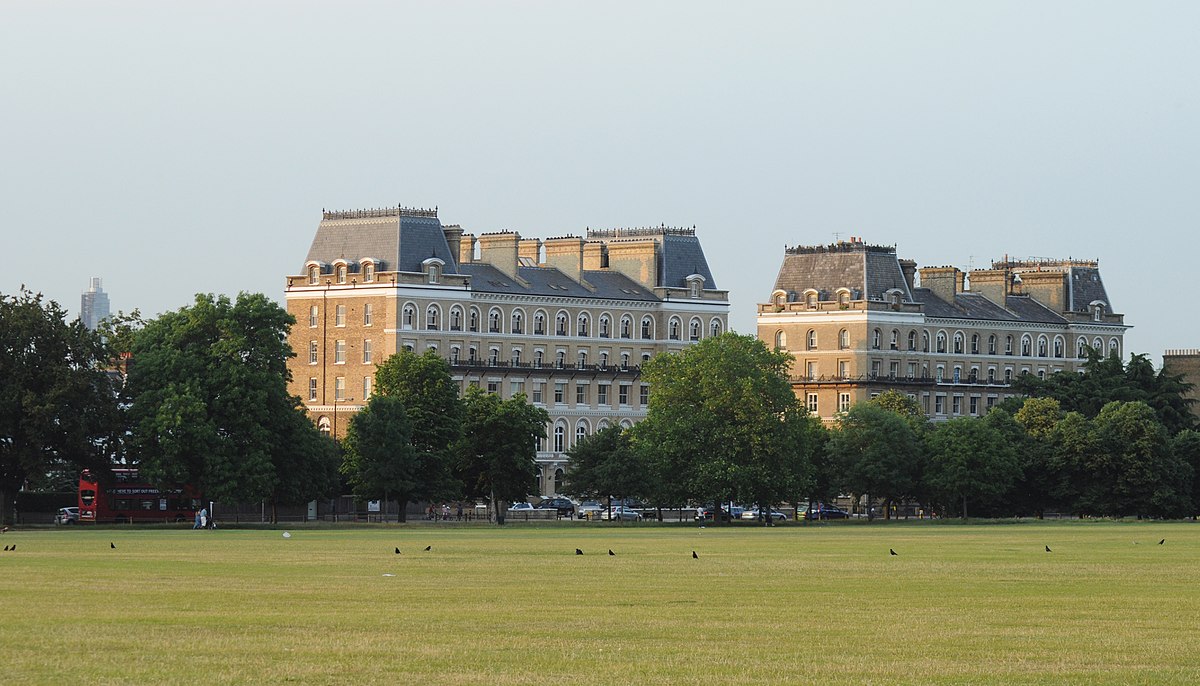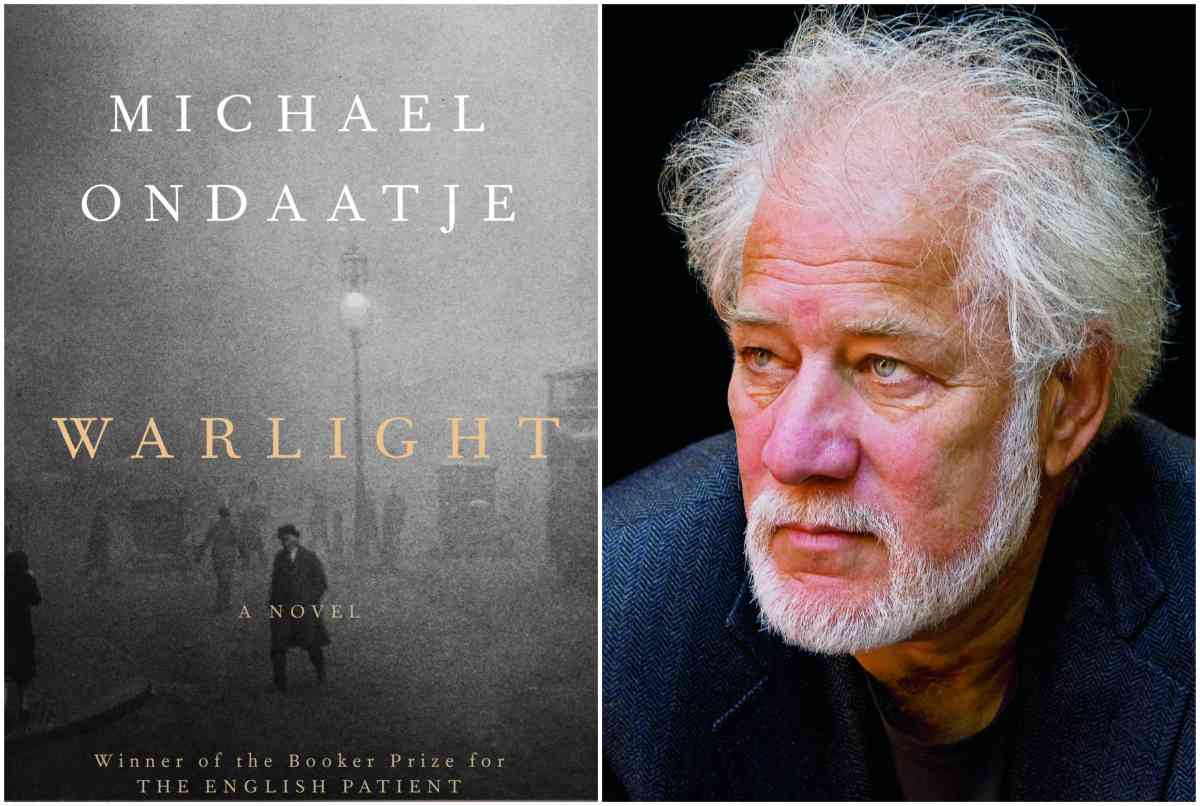About 25 years ago, during my stay in London as an intern in a law firm, the couple who had invited me to stay with them gave me a book entitled « Walking London » in which the author, Andrew Duncan, described about 30 original walks. Every week-end, equipped with my book, I went to discover new areas, away from the tourist traps. I still remember many of the itineraries around the Thames river, for example those starting from Hammersmith Bridge next to which I was living. I think the book is still in print and has been reedited several times.
My visit to the Royal Courts of Justice didn’t take place on a week-end. I was invited by colleagues to assist them during proceedings at the Court of Appeal for which our solicitors needed a barrister. The Victorian Gothic style building is grand and encountering the barristers and judges with their white wigs added to the impression. I rediscovered with pleasure this world in the movie « The Children Act » with Emma Thompson. The film is inspired by the eponymous novel written by Ian McEwan and was shot at Gray’s Inn, one of the four Inns of Court in Temple, the legal district. It’s a superb novel which mixes with mastery and subtlety the Gordian knots confronted by a judge specialized in family law, the crisis of a middle-aged couple and our frailties even when wearing gowns and wigs.
The Temple area, in the heart of the city, is full of traditions and remains one of the high grounds of the « British » style. McEwan’s novel in which every sentence is weighted is in the same spirit. « White Teeth » by Zadie Smith couldn’t be more different. It is set in the North West of the English capital, in Willesden, and reminds us how cosmopolitan the city has become. It is a jubilant novel, funny, explosive. Intrigues and generations get mixed, English, Bengali and Jamaican families live next to each other, become friends (or more) while having a hard time finding their bearings between their family roots and the ethnic patchwork in their neighborhood. The novel was adapted as a four episodes TV series which I haven’t seen yet.
«The End of the Affair » by Graham Greene brings us on the other bank of the Thames and towards an older period: the Blitz during World War II. The book is now a classic so much that when Fiona Maye, the judge who is the principal character in « The Children Act » finds her husband with his suitcase waiting in front of the door after a few days with his lover, she asks: « The End of the Affair? ». Greene’s novel takes place around Clapham Commons, where he lived during the war and where, as in the book, his home was hit by bombs. Beyond the romantic triangle, also autobiographic, and the jealousy obsession, the book is also a reflection about death, faith and one’s relationship with God. It has been adapted twice as a movie, the latest one starring Ralph Fiennes and Julianne Moore.
With « Warlight », Michael Ondaatje’s last novel, we remain in the black and white of World War II’s immediate aftermath. The plot offers us many nocturnal smugglers’ itineraries along the Thames River and the neighboring canals. Nathaniel Williams is 14 years old when his parents who are going overseas let his sister and him in the care of two men who could very well be criminals. Nathaniel will take advantage of this adolescence without too much oversight, for example when discovering love in a rental home on Agnes Street, in the East End. But he would end up spending most of his life trying to understand her mother’s life and career and why she abandoned them while protecting them from afar. Difficult, in the London fog, to find his way through the remnants of the war and the secret services silences.
